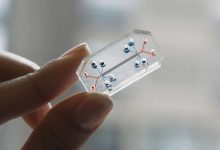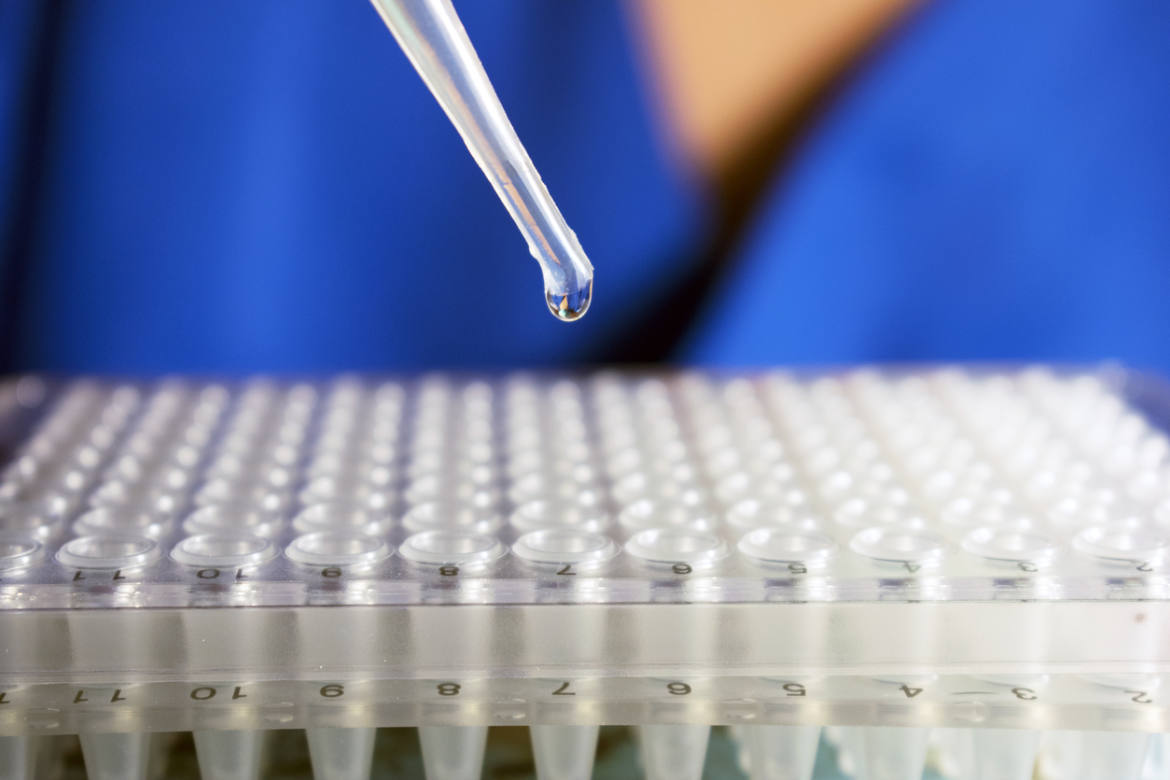
Researchers have developed ways by which DNA strands can self-assemble into material for creating a nanoscale structure
DNA is the biomolecule which stores the genetic information and helps in transmitting them in biological systems. Almost every cell contains DNA.
DNA Nanotechnology is the branch of science in which DNA is used as a building material for making an artificial nucleic acid structure and then these material are transformed into non-biological engineering material by using its chemical and physical structure. Its property of acting as a carrier of genetic information is not used here.
Nowadays by the use of DNA nanotechnology, More sophisticated structure has been made like autonomous DNA walkers which can be used as a fluorescent label for diagnosis as it can move along microparticle cell or as a drug delivery vehicle Drug box which is used for therapeutics as it opens up at disease site to release drugs.

In the light of this, researchers have developed ways by which DNA strands can self-assemble into material for creating a nanoscale structure but the size is limited for this structure because it is difficult to manipulate and manufacture the scaffold strands with the help of which DNA origamis are made.
In previous researches at Wyss Institute, they found an alternative method in which scaffold strands are not used. Instead of this DNA bricks are used which self-assemble into organism structure by connecting like interlocking Lego® bricks. DNA bricks are hundreds of short synthetic DNA carrying its own unique sequence which self-assemble into prescribed 3D shape. One module component is made up of 32 nucleotide bricks which bind with 4 local neighbors having complementary sequences.
The DNA origamis are made by scaffolding can produce nanostructure on Mega Dalton scale with 100 unique component while with this new DNA bricks it uses to incorporate 10,000 components to self-assemble into Giga Dalton size structure.
According to the first author of the Researcher “Luvena Ong, Ph.D., a former Graduate Student in Yin’s laboratory and now a Research Investigator at Bristol-Myers Squibb “We showed the competence of our technology by making massive cuboids of 30,000 bricks and demonstrated a few shapes that can be built from a division of those bricks. These bricks were able to differentiate between tens of thousands of possible partners to find their correct neighbors and by using these DNA brick techniques, they were able to form complex cavities like a teddy bear, Mobius strips etc.”
This study shed lights on user-friendly computational tools which can be used to have numerous nanotechnology application in medicine and engineering designed by DNA nanostructure.
This research offers the possibility of designing nanocontainer from the DNA bricks. This nanocontainer from the DNA bricks. We can study the interaction and leverages by placing biomolecules like protein in these nanocontainers.
The researcher hopes that in future by using multifaceted DNA bricks technology large nanostructures can be generated which can be transformed into powerful tools for viable and biomedical nanofabrication processes on a new scale.






